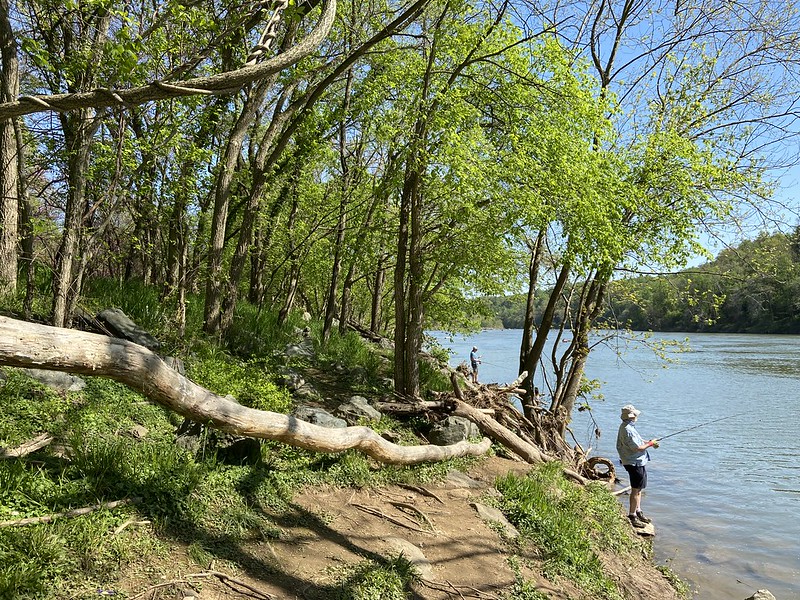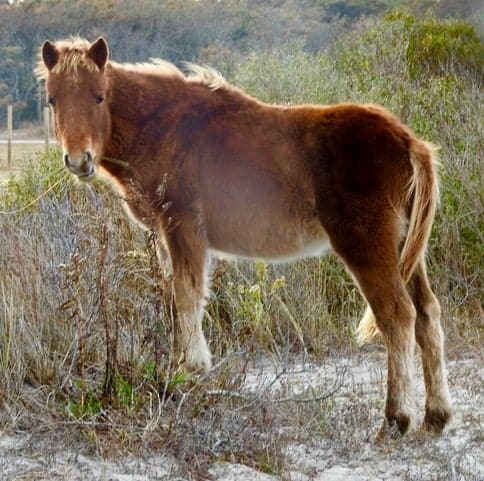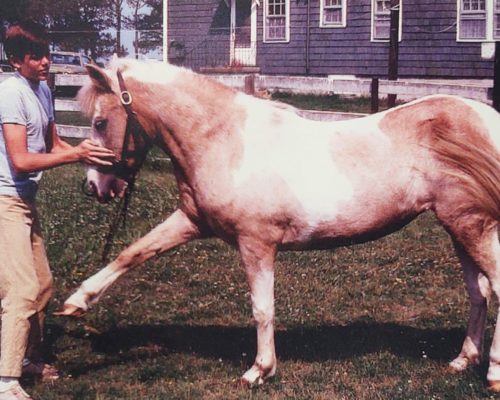Three boats were intercepted at the launch ramps at Western Maryland’s Deep Creek Lake this month, found with invasive species from other states on their hulls and motors.
Through a unique effort called the Launch Steward Program, stewards conduct voluntary inspections and educate boaters about aquatic invasive species.
The Maryland Department of Natural Resources (DNR), who partners with Garrett College’s Natural Resource and Wildlife Technology program on calls the stewards “the best line of defense for thwarting future introductions of aquatic invasive species into Deep Creek Lake.”
On July 2, a boat, which had recently been on Cheat Lake in West Virginia, had an invasive plant Hydrilla verticillata attached to its motor. The same day, a pontoon boat arrived that had recently been on the Ohio River in Ohio and had invasive zebra mussels, Dreissena polymorpha, on the hull and motor. Only July 5 a boat from Geist Reservoir in Indiana also arrived with zebra mussels attached.
In all three cases, stewards informed the boat owners, who “cooperatively agreed to properly clean and decontaminate their boats at local marinas, and be inspected again, before launching into the lake.”
The interceptions show how important it is for boaters to thoroughly clean, drain and dry their boats and gear before going between different bodies of water. While the Chesapeake has too many boat ramps and entries to conduct a similar inspection program, the risk extends to the Bay and its tributaries, too.
Back in 2017, DNR confirmed the first species of non-native freshwater mollusk found in the state. The New Zealand mudsnail was found in the Gunpowder River in Northern Baltimore County.
It is easy for the tiny mudsnail to be spread to other Maryland waters on things like wading boots, fishing gear and other equipment. When moving from one body of water to another, boaters and anglers can take precautions against spreading invasive species:
“Remove all dirt, mud and sand, and all visible animals, fish and plants from any equipment and gear before traveling and/or using them in another body of water. Eliminate water from all equipment and gear at the site before transport. Draining water at home could introduce an invasive hitchhiker to a local stream through the storm drain.”
-Meg Walburn Viviano




